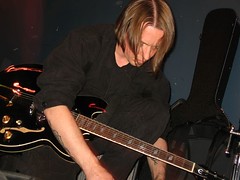The Therapy Of The Drum
Drums are one of the few, perhaps the only, musical instruments to earn a very unique distinction in human culture. Not only are they utilized for the traditional purpose of music, but they have been put to other uses as well. One of the most interesting of these alternative uses is that of music therapy. Music therapy is an approach that uses music to address the physical, emotional, cognitive and social needs of individuals. The American Music Therapy Association defines this type of therapy as “the clinical and evidence-based use of music interventions to accomplish individualized goals within a therapeutic relationship.” There are claims that music therapy can promote wellness, manage stress, alleviate pain, express feelings, enhance memory, improve communication and promote physical rehabilitation.
Although many might assume that drum therapy is a fairly recent advent, this is not necessarily the case. Some proponents advocate that drum therapy is an ancient technique and evidence of its history may be found in both Asia and Africa, where some of the world’s oldest civilizations reside. While it may be true that drum therapy has been around for thousands of years, it is also true that in the 20th and 21st centuries, science has been used in an attempt to verify the therapeutic effects of drum therapy and its rhythm techniques. Much to the delight of drummers everywhere, some studies indeed show that drumming accelerates physical healing, boosts the immune system, produces feelings of wellbeing and even has a calming effect on people suffering from Autism, Alzheimer’s and various traumatic experiences.
Drums, especially those played with the bare hand, are often used in music therapy for two
Pages: 1 2
